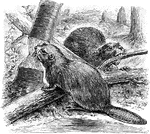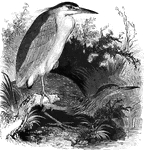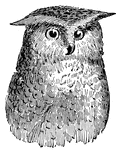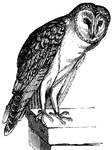Clipart tagged: ‘nocturnal’

Bombycina
"Nocturnal moths, with the organs of the mouth in many cases so atrophied as to be unfit for use. These…

Bombycina
"Nocturnal moths, with the organs of the mouth in many cases so atrophied as to be unfit for use. These…

Bombycina
"Nocturnal moths, with the organs of the mouth in many cases so atrophied as to be unfit for use. These…

Bombycina
"Nocturnal moths, with the organs of the mouth in many cases so atrophied as to be unfit for use. These…
Electric Catfish
Electric catfish is the common name for the catfish (order Siluriformes) family Malapteruridae. This…
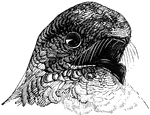
Head of a Goat-Sucker
Head of the goat-sucker. It bears some resemblence to an owl, with a large head and eyes, as well as…

Kinkajou
The kinkajou lives in S. America and spends most of its life in trees. It hunts at night for insects…
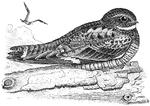
Nighthawk
Nighthawks are birds of the nightjar family in the New World subfamily Chordeilinae. They are medium-sized…

Noctuina
"The Noctuina form an eceedingly large group of nocturnal moths, although even here there are a few…

Noctuina
"The Noctuina form an eceedingly large group of nocturnal moths, although even here there are a few…
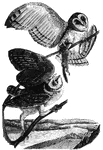
American Barn Owl
A pair of American barn-owls, one of which is grasping a small rodent in its claws.

Eagle Owl
Eagle or great-horned owl, found in Europe and northern asia. It feeds on hares, rabbits, moles, mice,…

Head of an Eagle Owl
Head of an eagle owl. It has large eyes for seeing at night, and a hooked beak for snaring its prey.
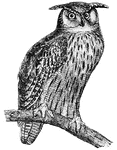
Great Horned Owl
Horned owls are distinguished by two tufts or horns of feathers placed on each side of their head.

Great Short-Eared Owl
Genus ascalaphia, a large owl, native to southern Europe and northern parts of Egypt.
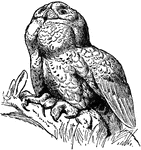
Great Snow Owl
"The owl is a popular name for any nocturnal, raptorial bird, of which about 200 species are known.…

Hawk Owl
The Hawk owl is about 15 inches long and feeds on rabbits, rats, mice, reptiles and birds, (Figuier,…
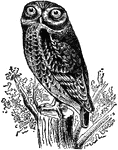
Rock Owl
"The owl is a popular name for any nocturnal, raptorial bird, of which about 200 species are known.…
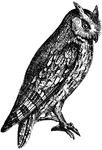
Scops-Eared Owl
The scops-eared owl is diminutive in size, not exceeding that of the thrush, (Figuier, 1869).

Scops-Eared Owl
The scops-eared owl is diminutive in size, not exceeding that of the thrush, (Figuier, 1869).
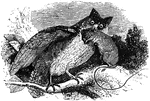
Scops-Eared Owl
A scops-eared owl feeding on a small rodent. It is common in Central and Southern Europe.
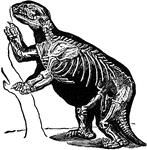
Giant Sloth
"Sloth is the popular name for any individual of the Edentate group Tardigrada, from their slow and…
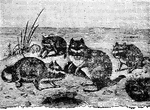
Viscacha
"Viscacha is a stout-built rodent, resembling a marmot, from 18 inches to two feet long, exclusive of…
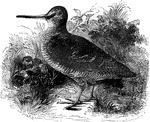
European Woodcock
The European woodcock averages about thirteen inches in length, and prefers to feed on earthworms. It…
